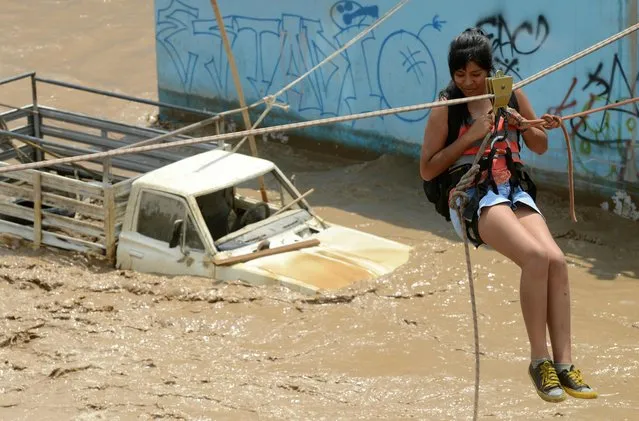
This photo taken on February 1, 2018 shows a worker trimming the skin imperfections of a silicone doll at a factory of EXDOLL, a firm based in the northeastern Chinese port city of Dalian. With China facing a massive gender gap and a greying population, a company wants to hook up lonely men and retirees with a new kind of companion: “Smart” sеx dolls that can talk, play music and turn on dishwashers. (Photo by Fred Dufour/AFP Photo)
05 Feb 2018 06:41:00,post received
0 comments

